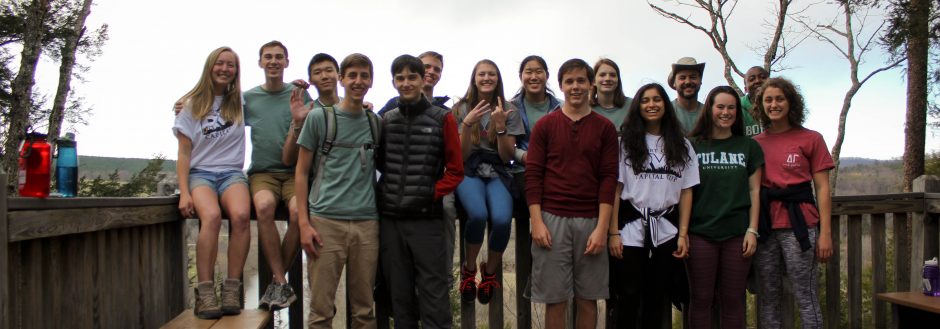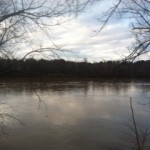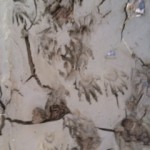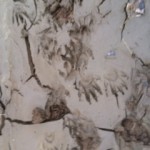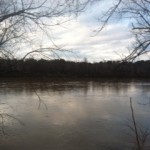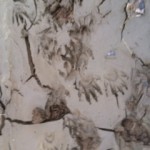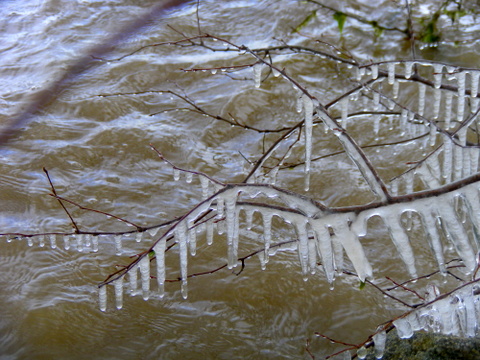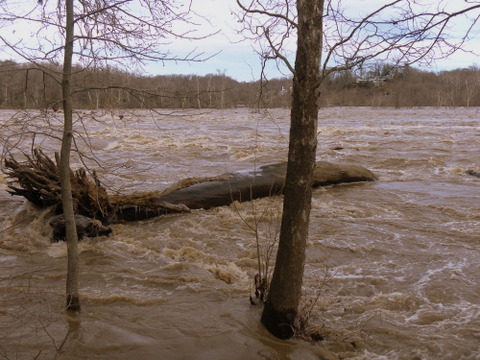The warm golden light passing through the stained glass windows, the intoxicating overpowering scent of popcorn, and the slight popcorn haze that came with it.
For two hours this Saturday I volunteered at the Byrd in Richmond, tabling for the Sierra Club, one of the oldest, largest, and most influential grassroots environmental organizations in the United States. My assignment was to answer any questions people had about the Sierra Club as well as getting people to sign a petition that encouraged President Obama to follow his promise about working on climate change and pollution during his second term. We also encouraged people to go to a rally in DC next week for the largest climate rally in US history. Unfortunately I’m not able to go.
Too be completely honest, I was hoping for a bit more. I don’t mind tabling and talking to people, I actually like it, but we were put up on the balcony were no one really went and where the air stagnated. Every 20 minutes or so we might have an interested person who would want to talk and listen. Most of the talking I did was to the other people tabling. We talked about Uranium Mining and how it can be good or bad depending on a variety of circumstances. Of how a journalism tactic called spin can be used to sway minds and manipulate information. Of how there are no new green buildings being built(construction isn’t green.)
Although we didn’t get too many people, two people really impressed me. One woman walked around to the tables donating money saying something along the lines of, “I’m trying to spread my money around to as many non-profits as I can.” I was pretty taken aback. She didn’t say it in an arrogant way, more just casually. The other person was another woman who after watching a film(Not sure which film) Wanted to sign up for the Sierra Club and almost anything else she could do. The charitableness of these two made the two hours a valuable teaching experience about the humbleness and positive action people can have.
